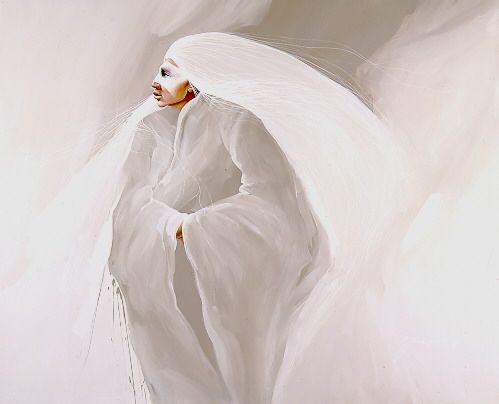Tunica (ta, an article; uni, 'people'; ka, nominal suflix.-Gatschet). A tribe, forming a distinct linguistic family known as Tonikan, formerly dwelling on the lower Mississippi. The Tunica are prominent in the early history of the lower Mississippi region because of their attachment to the French and the faithful service rendered them as allies in contests with neighboring tribes.
When first visited they lived in Mississippi on lower Yazoo river. In 1699 La Source (Shea, Early Voy, 80, 1861) estimated the number of their cabins at about 260, scattered over 4 leagues of country. He states that they lived entirely on Indian corn and did no hunting. Gravier, who visited the tribe in 1700, states that they occupied 7 hamlets containing 50 or 60 small cabins.
In 1706, according to La Harpe, the Tunica were driven from their villages by the Chickasaw and Alibamu and joined the Huma; and it is said that subsequently they killed more than half that tribe and occupied its territory. In 1730 they met with a reverse at the hands of those Natchez who had taken refuge among the Chickasaw; their village was burned and a large number of them killed. In 1760 they occupied 3 villages, the largest of which was on a lake at Tunica Bayou. Baudry des Lozières in 1802 ascribed to them a population of 120 men, a total of about 450.
Hutchins (Imlay, West. Ter., 419, 1797) notes a Tunica village on the east bank of the river opposite the upper plantations of Pte Coupée, containing in 1784 about 20 warriors. Later the Tunica moved up to Marksville prairie in Avoyelles parish, on the south side of lower Red river. Still later they appear under the local name of Avoyelles Indians (not to be confounded with an older tribe of that name), a name applied also to the Biloxi, who settled here in 1762 after leaving their coast seats. The remnant of the Tunica, consisting of about 30 people, are now east and southeast of Marksville, the parish seat, on what is called Marksville prairie. They speak Tunica, Creole, and English.
Gravier's description of the Tunica in 1700 indicates that their women made an excellent fabric of mulberry cloth; there was a fair division of labor between the sexes; the men cultivated the soil, planted and harvested the crops, cut the woodand brought it to the cabin, and dressed the deer and buffalo skins; the women performed the indoor work and made pottery and clothing; polygyny was rare among them (Shea, Early Voy., 134).
The Tunica language, hitherto unknown or unpublished, was studied in 1886 by Gatschet. It is vocalic arid harmonious, rich in verbal forms and possessing also a declension of the noun, arid, what is more remarkable, nominal and pronominal gender. It appears to have no genetic connection with any other family of languages.
Saturday, July 21, 2007
Subscribe to:
Post Comments (Atom)





No comments:
Post a Comment